Op 25 mei organiseerde What You See Festival een workshop met Alexander Koch om hier alle ins en outs over te weten te komen. Vera Bonder was erbij en schreef dit artikel. (ook beschikbaar in pdf).
“THAT THE PEOPLE FEEL IT’S FOR THEM. THAT THIS PART OF THEIR WORLD”
One of the main goals of the What You See Festival, an international and multidisciplinary festival on gender and identity, is to inflict connection, to come together and, in a way, to unite. What You See Festival holds the desire and wish to connect with citizens within (and beyond) their local community. At certain levels, this is already accomplished, but the will to explore and find new ways to connect is present. One possible way to do this is through the New Patrons strategy. In collaboration with ORLANDO, an international queer festival from Bergamo that features cinema, dance and theatre, What You See has started an exploration, researching the aforementioned New Patrons strategy. A small group of people from different organizations (Schweigman&, SPRING Utrecht, Theaterfestival Boulevard and Stadsschouwburg Utrecht, to name a few) have gathered in an online meeting, initiated by What You See, to learn and talk about this strategy. The online meeting is led by Alexander Koch, co-initiator and current chairman of the New Patrons program in Germany.
The New Patrons strategy is based upon a protocol written in 1990 by the Belgian artist and photographer François Hers. In brief, the idea of New Patrons is to assist, encourage and sustain people to make a positive change within their context. Citizens (who are called commissioners after initiating a project) come to a New Patrons organisation with an urgent question or topic concerning their city, town or village. Subsequently, with support from mediators, they define what they want from art and initiate a project that articulates what matters for them. After this, the mediator links the commissioners to an artist of any kind (architect, sculptor, director, choreographer, painter, landscape artist, etc.) who will design an idea for an artwork that contributes to a solution for their topic. The core of this idea, already being a huge success in for example France and Germany, is to make people feel that what is happening, what is being created, is because of and for them. That it is part of their world,” states Alexander. An example of a New Patrons project took place in Tours, a city in the North of France, where shop owners and local residents started a petition to recover the old market square which was replaced by a parking lot in the seventies. After being ignored by the city council they addressed the mediator who linked them to Xavier Veilhan, a French artist whose work includes sculpture, film, installation art and photography. Veilhan came up with the idea of building a monster referring to the medieval demons of the cathedral of the city center. The commissioners loved the idea, but making the proposal public started the largest public debate in town since the end of World War II. After negotiating for three years with many different parties the artwork finally became realised. Meanwhile the artwork has become the symbol for the town and has stimulated many activities taking place at the square.
The first time Alexander heard about the New Patrons, he considered it a “cultural revolution”. Ideally, the people will come to you with an idea or a question: just like this example in France. ” The citizens are the beginning of everything”, Alexander states. It is exactly this sentence that raises the most questions by the participants of the workshop. How do you accomplish that? How do citizens know they can become commissioners? How do you share (or actually transfer) ownership? How do you deal with the complexity of having the wish for democratization and the sharing of ownership, but simultaneously having a strong philosophy ingrained in your organisation (like What You See Festival)? When is the project considered a success? Questions seem to be divided into three parts: the start of a project, the process and the outcome.
First of all: how to start. Before finding you, people need to know that you are there. If we take What You See Festival as an example, the festival could announce that they are offering the possibility that people can commission an artist to deal with a topic that is urgently relevant for them. As long as there is transparency about what is possible, this is one way to do it. But how do you reach different groups then? And what about the complexity of sharing ownership, but at the same time having these strong intentions regarding what aims you have to better the world? It is an idea to get in touch with communities that you as an organisation want to support and see if there are potential commissioners there. To go out into the world to talk. In doing so you can choose which communities you’ll go to, but you leave the ideas up to the other.
The process seems like an even bigger question mark. After the commissioners commission an idea, which is the start of many conversations with the mediator to get their wish clear, the mediator introduces this idea to an artist. The artist develops a proposal, which goes back to the commissioners. Although it is possible to adjust and negotiate about the proposal, the autonomy of the artist is extremely important, and their proposal stays pretty much like it is. Because of this, it is really important to invest time in getting the main topics clear and to be accurate in the matchmaking between commissioners and artists. The process asks for a commitment from all parties: there needs to be a will to make this work. At all times the idea has to stay with the commissioners. The task of the mediator is to confront the commissioners with the reality of the project and “[…] not take responsibility away from them.”
Any organisation could implement a New Patrons strategy: there is no centralised organization. The answer to our question why this has not (as far as we know) happened in the Netherlands yet, is’ simply because ‘no-one did it’. Unquestionable for every project there needs to be funding. For the first part, the proposal, there needs to be money available for the mediator, so they can invest time and energy into the arrangements, and for the artist to develop a proposal. The New Patrons usually offer artists a fixed fee of € 5.000,- for this first proposal, regardless of their fame. Based on this proposal new funds can be requested. Alexander considers this a political project: “I get money through lobbying, not through writing applications.” What New Patrons Germany is trying to do is to always get some substantial funding for the first part (the proposal), by presenting it as political education, which can be complemented by expendable funding by funds or sponsors for the second part (the production). This second part of funding can take up a lot of time: to implement a New Patrons project you’d rather think years than months.
Al these different projects result in an outcome that is always different and new. The New Patrons strategy calls a project a success when the commissioners feel it is a success. Even if the mediator does not like the artwork. Alexander states it is considered a success: “[…] if it does it’s job.” It is a different way of thinking, we need to get away from the capitalistic mindset, the idea that it has to have an affect on something bigger than the initiator. It asks for a different conversation with the audience, with the artists, with funds investing money in these kind of projects. It sometimes even asks for a different conversation with other citizens or municipalities, when a project takes place in public space.
The start, the process, the outcome. Questions raised around these three topics could actually be considered covering one and the same aspect: the art of letting go. Letting go of ownership, letting go of the idea of success, letting go of responsibility. Placing a seed of an unknown plant not to plant it, but to let someone else take that seed, tell you what kind it is and to provide a place to sow it and to let it grow. This takes time and probably a lot of trial and error. Searching for a way to make it sustainable. After Alexander’s lecture, he leaves it up to us to translate the New Patrons strategy into our own words. I wonder if in the case of What You See Festival the art of letting go could be considered a queer strategy. If we could adjust this New Patrons strategy in a queer way.
So that is the quest we are now facing: to create our own path, hoping people will want to walk with us. To take us by the hand, after we already, in a way, reached out to them. Consider this an opening of a conversation. Or multiple conversations. Because there are still several questions left unanswered. Maybe they can only be answered by doing, by taking a first step. But moreover, even though the whole process is not yet completely clear, by taking time. Because everything needs time to grow before it can flourish.
Vera Bonder is a nonbinary theatre researcher, theatre maker and teacher. They are currently following the Master’s programme Contemporary Theatre, Dance and Dramaturgy at the University of Utrecht. Fields of interest: Queer Theory & Performance, Community art and other Feminist issues concerning Performance art.
